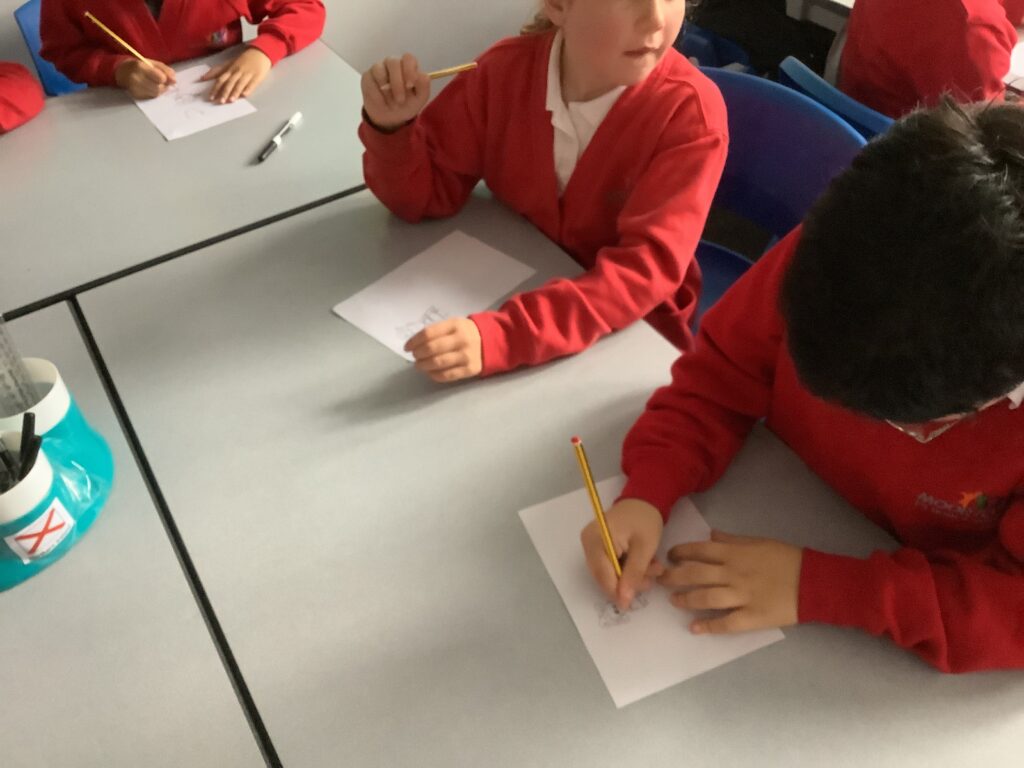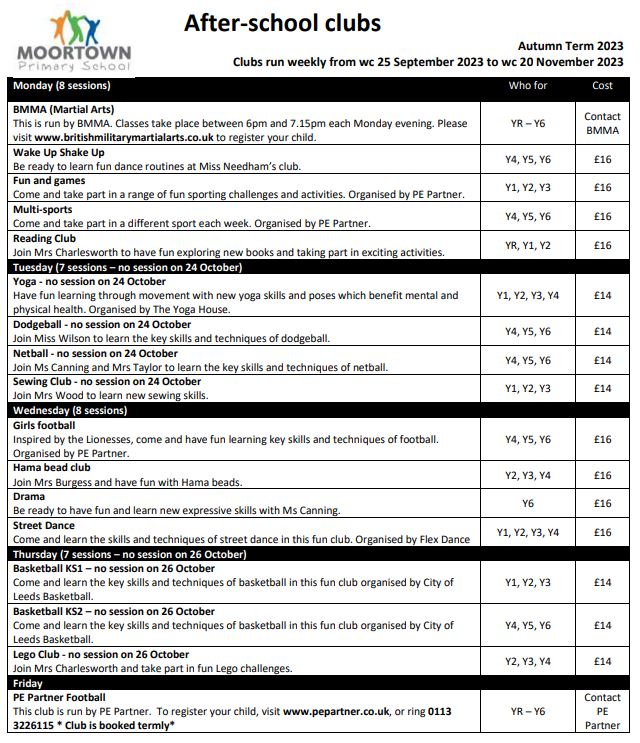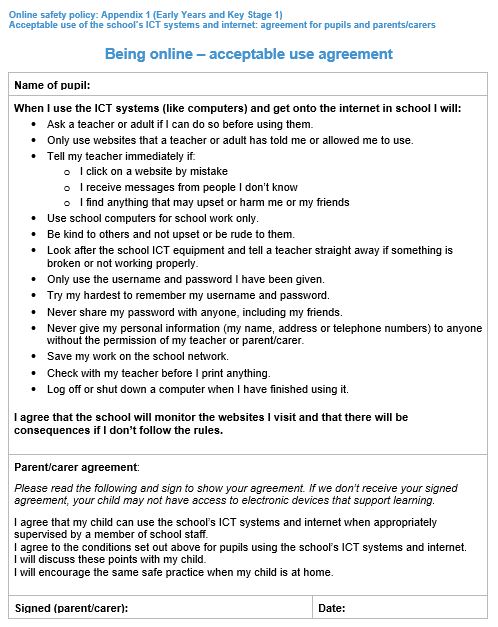Watch us while we work
Thank you to those parents who were able to join us for our watch us while we work session this week. It was lovely to see so many.
Here’s a summary of what we covered and how we are encouraging the children to become more responsible for their learning at home.
Spellings – use the spelling guide for ideas to help with learning weekly spellings.
Daily reading – we thought about some of the reading skills the children are learning in Year 2 (fluency, prosody (using expression in their voices), retrieval, interpret and learning new vocabulary). Reading needs to happen daily to build up these skills. A brief note in their reading record books is needed after reading at home. We will continue to monitor the use of e-books at home. Please alert us to any access issues.
Maths – our number tennis games included counting in 2s, 5s and 10s and number bonds to 10 and 20. Play these when you’re in the car, walking to school or making breakfast. Hit the Button is a great online game to build up the recall of these facts.
Numbots certificates are awarded every Tuesday and it’s great to see children already achieving their next levels in Year 2.
Finally, here’s the help at home section of the website.
Please get in touch if you need any further support with your child’s learning at home.
Leeds Diving Training Scheme
Living and Learning: Manners
Manners are words and actions that we can do to help us be kind and respectful to others. Good manners help us to get on well with others.
We thought about examples of good manners and we did some role play to model these good manners.




We linked manners to our reading lesson using these two poems.


Help at home: reinforce this message about using good manners at home as well as at school. Encourage your child to greet the adults on the gate as they arrive at school.
Also, have a go at this manners quiz to check your child’s understanding.
We are Geographers!
This half term we are learning about geography in topic lessons. Our unit is called Where in the World am I? It is all about where we live, including our locality as well as the countries, capitals and seas of the UK. Our vocabulary for this topic is listed below.
| atlas | a collection of maps, usually in a book |
| city | a large town |
| compass | a tool for finding direction |
| locality | an area or neighbourhood |
| landmark | an object or feature of a locality that has importance and can be used to help you find your way |
| physical geography | physical geography looks at the natural things in our environment |
| human geography | human geography looks at the changes in the environment by humans |
| to survey | to find the opinions of a group of people by asking them questions |
| issue | an important topic or problem that needs discussion |
This week we have been learning about the names of all the countries that make up the United Kingdom as well as their capital cities. We worked with our partner to look in the atlas to find the UK.
Help at home by discussing the four countries of the UK (England, Scotland, Wales and Northern Ireland). The BBC bitesize website here and this song are great for helping the children remember too.
Bethan Woolvin virtual author event
Today, Year 2 joined Bethan Woolvin on a live event where Bethan introduced her new book Luna and the Sky Dragon.
We enjoyed listening to Bethan read her new book, talk about what inspires her and also learned how to draw a character from her new book.








Autumn term after-school clubs
*Availability update*
Our after-school clubs are available for booking on schoolcomms. Please contact the office if you need any further information or help with booking places. Clubs will begin next week.

Learning at home
This week in Living and Learning we have been thinking about the 8Rs for learning and how these characteristics can make us better learners. This 8Rs for learning parents’ guide shows how you can support your child at home.
One of the 8Rs is being responsible and we are encouraging the children to take responsibility for their learning when they are at home. That might be practising spellings, completing their homework, spending some time on Numbots or asking an adult to hear them read their e-books.
E-book logins and reading record books will be coming home this week so please access your child’s reading book and record in their reading record book once they have read. Reading record books should then be returned to school.
Well done to Raffi, Mannat and Thea who received the first Numbots certificates of Year 2! Certificates are awarded every Tuesday.
You will find your child’s Numbots logins stuck in the inside of your child’s reading record books.
For any access or login problems, please let us know.
Blue Peter Book Badges – apply now!
Do you like reading? Do you fancy getting your hands on an exclusive Blue Peter Badge? Now is your chance!
Blue Peter are introducing their exciting new Book badge, designed by one of the UK’s best known illustrators, Sir Quentin Blake, who you might know from bringing to life characters such as Roald Dahl’s BFG and Matilda! To earn your badge, just share your love of books with Blue Peter by answering the questions on the website! You can apply using the online form or by post.
Make sure you get an adult to help you!
Please read this information before applying.
Good luck!
Living and Learning: rules
At the start of the new school year, the children have been reminded about rules and the importance of rules in our daily life.
Before focussing on our revised school rules, we started by thinking about…
Why do we have rules?
What rules can you think of?
What places have rules?
Who makes the rules?
Rules tells us what to do.
We need rules so we don’t hurt each other.
Rules help us to know what is right and what is wrong.
Rules help us to be happy and healthy.
In our school we have three school rules. Three, two, one, stop is one of the most important instructions the children will hear at school.



We concluded that following our school rules will make our school a happy, healthy and SAFE place to learn.
We also agreed our Living and Learning ground rules.

Finally, we considered our rules about online safety at school. Your child has brought home their Being online – acceptable use agreement for pupils and parents/carers which should be read through, signed and returned to class.

Any questions, please do ask.
Help at home – think about our revised school rules and talk with your child about what that might look like or sound like in the classroom, the playground or at lunchtime.
Welcome back!
The children have settled really well in their first couple of days in Year 2 with lots of new routines to learn and an earlier start time of 8:45am.
We look forward to meeting you over the next few weeks but for now, here is some key information about Year 2.
Mrs Taylor – Monday and Tuesday
Mrs Lake – Wednesday, Thursday and Friday
Mrs Maqbool also assists in the class.
Important days and dates
PE – Tuesday and Thursday
Spelling test – Friday
Library – Friday
Class assembly – Wednesday 18th October at 2:40pm
Water bottles
These should be brought to school daily and they will be brought home every day for refreshing and cleaning.
Milk
Please contact the office if your child would like to have milk in Year 2.
Homework/Spellings
Whole school homework is set every Friday (along with new spellings). Homework and spellings can also be accessed from the website.
Reading
Your child will be bringing home a letter explaining about their reading. Daily reading, whether this is their e-book, a book from home or the library, is key to making progress in reading and to develop fluency.
Numbots
We continue to use Numbots in Year 2 (using the same login as Year 1) and certificates will be awarded every Tuesday for children who complete the different stages and make the most improvement over the week.
For spelling practice, reading and Numbots, little and often (10/15 minutes a day) is recommended.
Uniform
Please do check the uniform policy to ensure your child is wearing the correct items including for PE days. Earrings must be removed on PE days.
Acceptable Use agreement
The children have brought home the acceptable use agreement for their use of the internet at school. We have talked through this together but please read it with your child and sign and return to class.
Finally, please do ask if there are any queries and keep checking back on class news to find out more about your child’s learning!